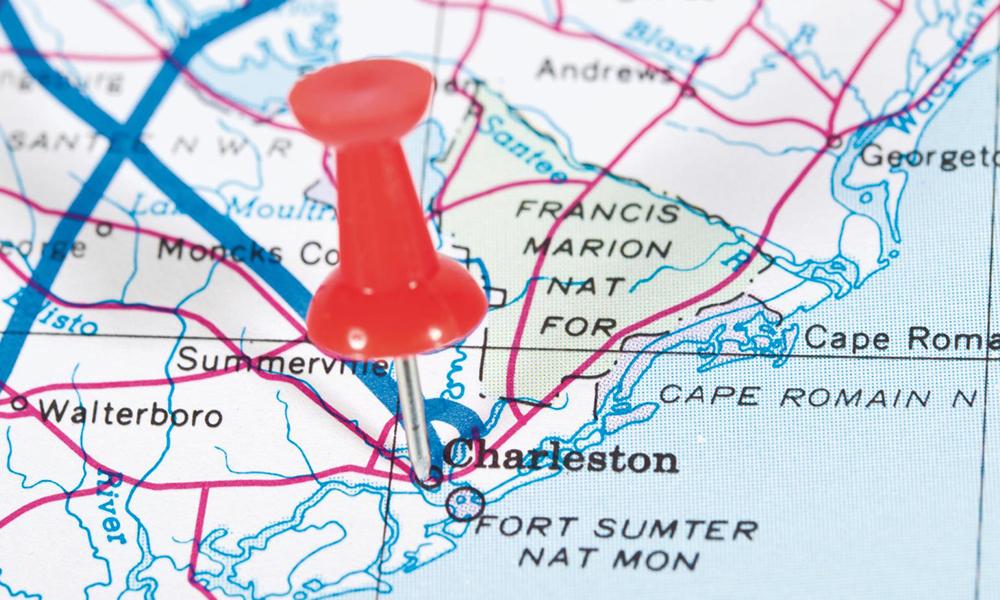
On Mission Roads
In the late spring and early summer each year for the last few years, I have found myself playing a game I will dub License Plate Solitaire.
I start keeping a record of the tags from any state in the Union that I see on cars, trucks or RVs. Then I see how long it takes to get to a particular target: 30 of 50, 40 of 50, all 50 states. Last summer, in the midst of all the COVID-19 restrictions, I was astonished to find that in less than a month I had seen 30 different states’ plates heading into Hilton Head. This year’s count is even more startling. Between May 1 and May 5, I spotted license plates from 35 of the 50 states just by driving around Bluffton and St. Helena Island and making a round-trip to Columbia for a meeting.
The fact that interstate — and even international — travel is so accessible to us in the 21st century would have been unthinkable to our forebears. When we look at the history of the Diocese of Charleston, we learn that it took our first bishop, John England, more than two months to get here by sea from Ireland. He found himself shepherding Catholics in South Carolina, North Carolina, Georgia and, for a time, Haiti. Getting to visit his flock (500 in all of North Carolina, he recorded) meant days of travel by horseback, carriage and, occasionally, riverboat. Haiti was another story!
The successors of John England did not have it much better. True, we did start having “horseless carriages” (a.k.a. automobiles) in the early 20th century, but it still took endless hours on often unreliable roadways to get from one place to another. The annals of Myrtle Beach talk about how, in the years leading up to the Great Depression, people had to come from Conway by train or follow primitive roads that led from New York to Florida and camp out at the beach.
Things today are vastly improved, with interstate highways and alternate routes, but our current diocese still encompasses the whole state and getting from one end of the diocese to another can easily take five or more hours. Rumor has it that more than one 20th or 21st century bishop has endured dehydration and/or kidney stones attributable to hours of driving around our diocese. And yet, in the midst of the challenges of access, the faith has persisted and grown here. A study of our history shows how families and lay leaders championed catechesis and made their homes available as worship sites when a traveling priest came through. Little by little, they managed to build small mission churches and then larger parish churches to accommodate their growing numbers.
We still have these challenges today. A priest in Orangeburg also serves Allendale, Springfield and Barnwell. A priest in Newberry has a community of the faithful in Joanna and Laurens. And our bishop travels widely to confirm these churches’ far-flung parishioners.
There is one thing our clergy have in common with John England, the road-weary, circuit-riding bishop. What motivates our bishop and his priests to travel from faith community to faith community around the state is the same thing that drove Bishop England to endure the travails of travel: love of Christ, dedication to Christ’s Church and care for souls — whether it means 70 or 35 mph.
Sister Pamela Smith, SSCM is the diocesan director for ecumenical and interreligious affairs. Email her at psmith@charlestondiocese.org.
